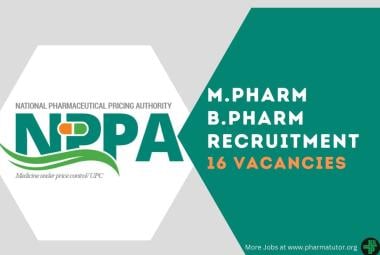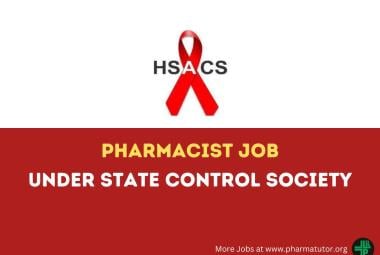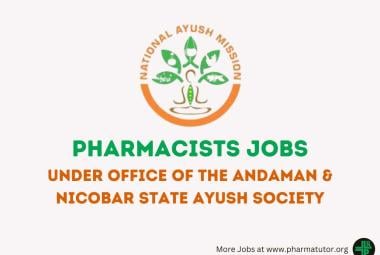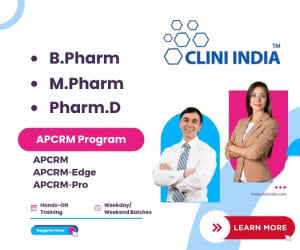 About Authors:
About Authors:
Patel Chirag J1*, Satyanand Tyagi2, Patel Jaimin1, Chaudhari Bharat1, Tarun Parashar3, Soniya3
1Maharishi Arvind Institute of Pharmacy, Department of Pharmaceutics, Jaipur, Rajasthan.
2President, Tyagi Pharmacy Association & Scientific Writer (Pharmacy), Chattarpur, New Delhi, India.
3Department of Pharmaceutics, Himalayan Institute of Pharmacy and Research, Rajawala, Dehradun, Uttarakhand, India.
*Mr. Patel Chirag has published various books, research and review articles. His academic works include 16 Publications (2 books were published in Lambert Academic Publishing, Germany & 8 Research Articles and 6 Review Articles were published in standard and reputed National and International Pharmacy Journals).
chirag.bangalore@gmail.com
ABSTRACT
Solving solubility problems is a major challenge for the pharmaceutical industry with developments of new pharmaceutical products, since nearly half of the active substances being identified are either insoluble or poorly soluble in water soluble. Various techniques are used for the enhancement of the solubility of poorly soluble drugs which include Liquisolid technique, micronization, nanonization, sonocrystallization, supercritical fluid method, spray freezing into liquid and lyophilization, evaporative precipitation into aqueous solution, use of surfactant, use of co-solvent, hydrotropy method, use of salt forms, solvent deposition, solubilizing agents, modification of the crystal habit, co-crystallisation, complexation and drug dispersion in carriers.The “Liquisolid” technique is a novel and capable addition towards such an aims for solubility enhancement and dissolution improvement, thereby it increases the bioavailability.Liquisolid technique is based upon the admixture of drug loaded solutions with appropriate carrier and coating materials. The use of non-volatile solvent causes improved wettability and ensures molecular dispersion of drug in the formulation and leads to enhance solubility. By using hydrophobic carriers (non-volatile solvents) one can sustained the release of drugs by this technique. Liquisolid compacts demonstrated a considerably higher drug dissolution rates than those of conventionally made capsules and directly compressed tablets. This was due to the increased wetting properties and surface of drug available for dissolution. By using this technique, solubility and dissolution rate of water insoluble drugs can be improved. This review paper highlights the advantages, disadvantages, mechanism of enhanced drug release, classification, evaluation and application of liquisolid technique to enhance the solubility and dissolution of water insoluble drugs.
 About Authors:
About Authors:


 About Authors:
About Authors:  About Authors:
About Authors: 
 About Authors:
About Authors:  About Authors:
About Authors: About Authors:
About Authors:  About Authors:
About Authors:  About Authors:
About Authors: About Authors:
About Authors: 







.png)

